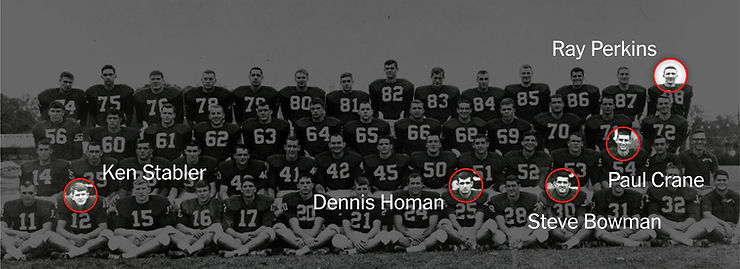By: Tristan Sun
The Alabama Crimson Tide’s success is undeniable; the team has claimed 18 titles since 1925. However, the franchise’s success has come at a great cost. Over the years, several players would suffer from chronic traumatic encephalopathy (CTE), a neurodegenerative disease linked to repeated blows to the head.
In recent years, pathologists have confirmed that at least four fixtures of Alabama’s feared teams of the 1960s developed CTE. This does not include two others who are suspected by family members to have it; CTE can only be identified posthumously. One afflicted individual was former head coach and player Ray Perkins.
Ray Perkins came to Tuscaloosa from a small town in Mississippi to search for a better life, drawn by legendary coach Paul “Bear” Bryant. He played as a wide receiver for the University of Alabama and the Baltimore (now Indianapolis) Colts. Later, he worked as a football coach for 28 years, including stints as the head coach for the New York Giants, the University of Alabama, Tampa Bay Buccaneers, and Arkansas State University.
After the end of his coaching career in 1990, his family began noticing problems. Between Alabama football games, events for his daughters, and dinners at Chuck’s Fish, he became repetitive and inattentive. He would show flashes of fury and defiance, sometimes even struggling to speak.
“In my heart, I knew he had it,” Lisa Perkins, Perkins’s widow, said in an interview with The New York Times. Ray Perkins died at the ripe age of 79 in 2020. A posthumous brain exam showed Stage 3 CTE, which is classified on a four-point scale.
“He was really a pretty typical case in the sense that he had a lot of years of play [and] the characteristic findings of CTE,” said Dr. Thor Stein, a Boston University neuropathologist.
Over the past decade, there have been innumerable rule and equipment changes to reduce the number of concussions experienced by players throughout their careers. But for players before CTE was discovered in the NFL in 2012, there is currently nothing that can be done to improve their conditions.











